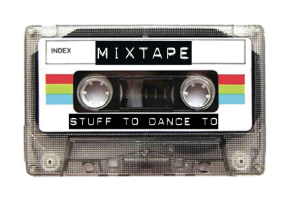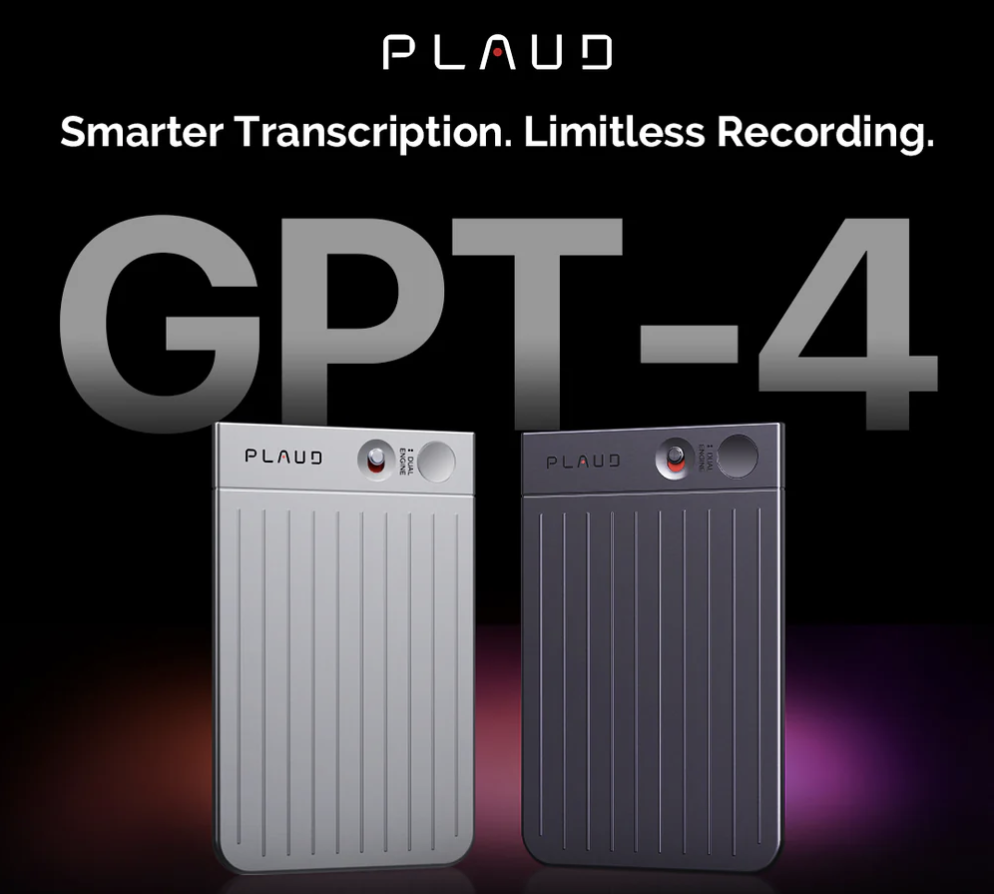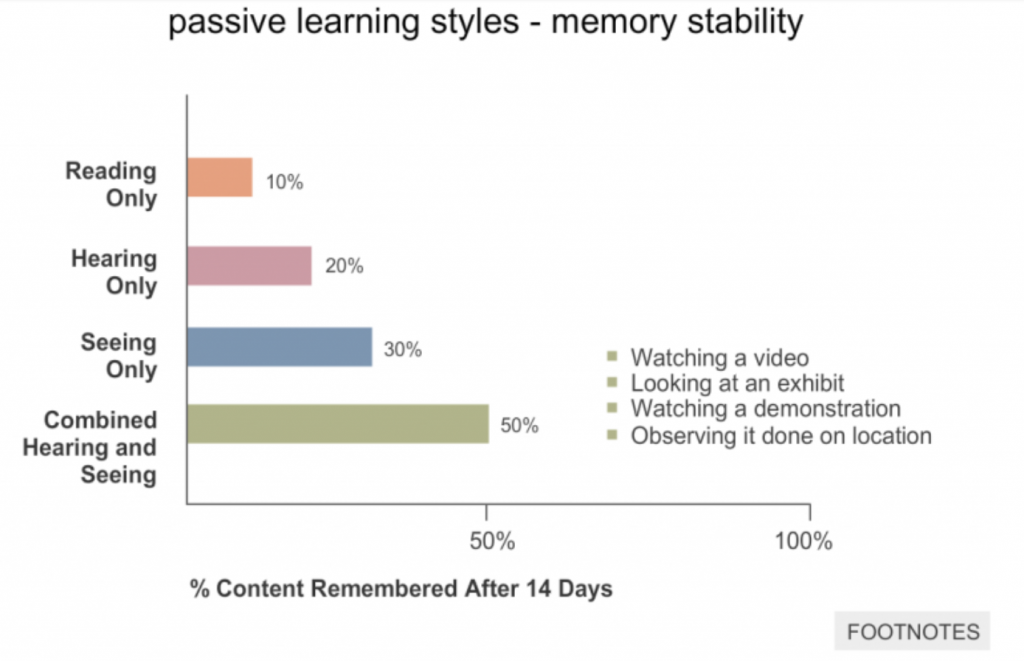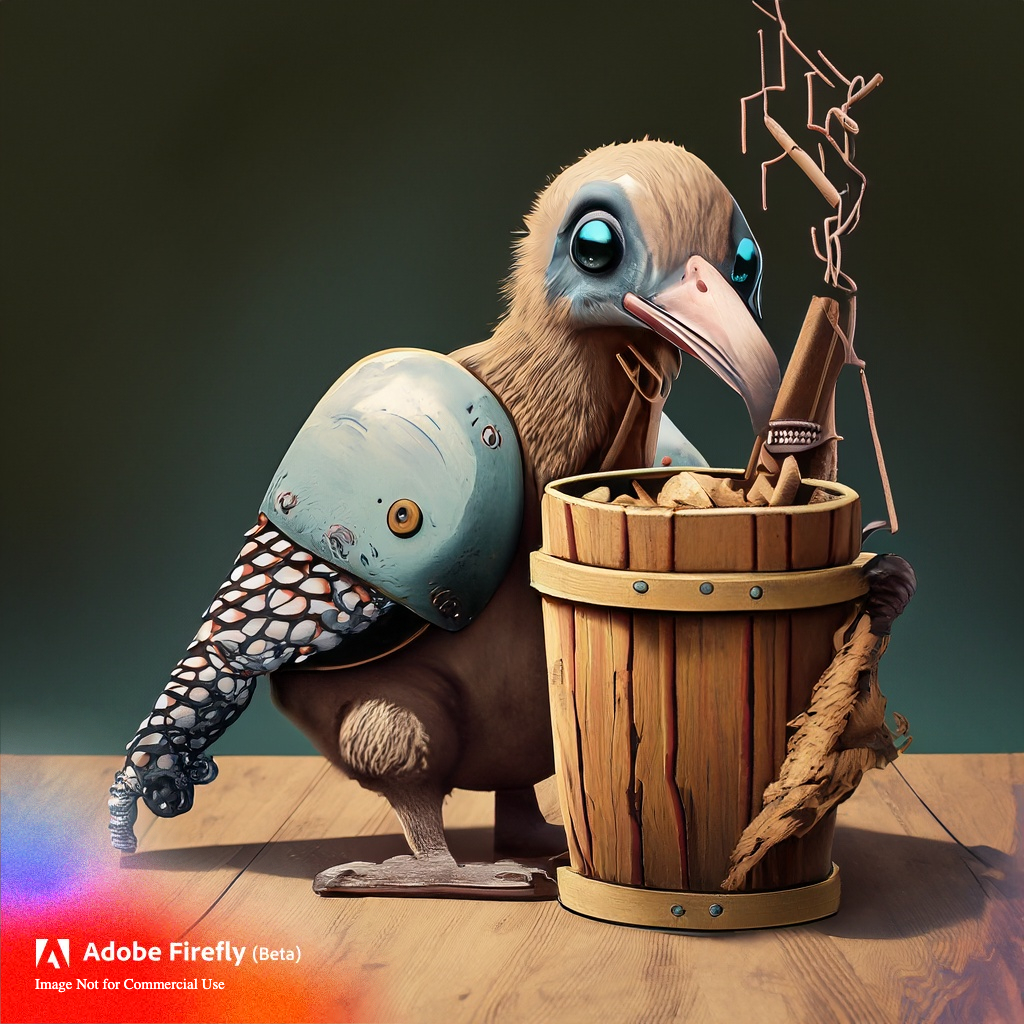Welcome
I am super excited to be presenting on Artificial Intelligence here at Valencia at Westminster. I prefer to present Power Pointless, and this page will be your outsourced memory for today’s session. Not sure what outsourced memory is? No worries, you simply haven’t learned about outsourced memory and transactive thinking YET! But we will get to that shortly. Please feel free to follow along here as we go through today. I started my blog years ago as a place to store my ideas. Please feel free to share this resource with others, and if you have questions, or would like to share something with me, feel free to email me.

AI Video above made with Veed.io in about 2 minutes to ask this question to teachers I was meeting with earlier this week.
So what is a GPT?
- Generative: This means it can create content like text, images, or video based on the patterns and information it has learned. It essentially has the ability to generate content.
- Pre-trained: Before you even start using it, the model has already been trained on a huge dataset of text from books, websites, and other sources to understand a wide variety of languages.
- Transformer: This is the type of model architecture used. It’s particularly good at understanding the context of language, meaning it can understand how words in a sentence relate to each other.
What are LLMs? Why Should I Care?
A Look at the Corpus
Google’s Ngram Viewer is an online search tool that allows users to explore the frequency of specific words or phrases (ngrams) in a vast corpus of books and other texts over a specified period. This corpus includes millions of books digitized as part of Google Books, covering a wide range of languages and spanning several centuries. Additional Search Options
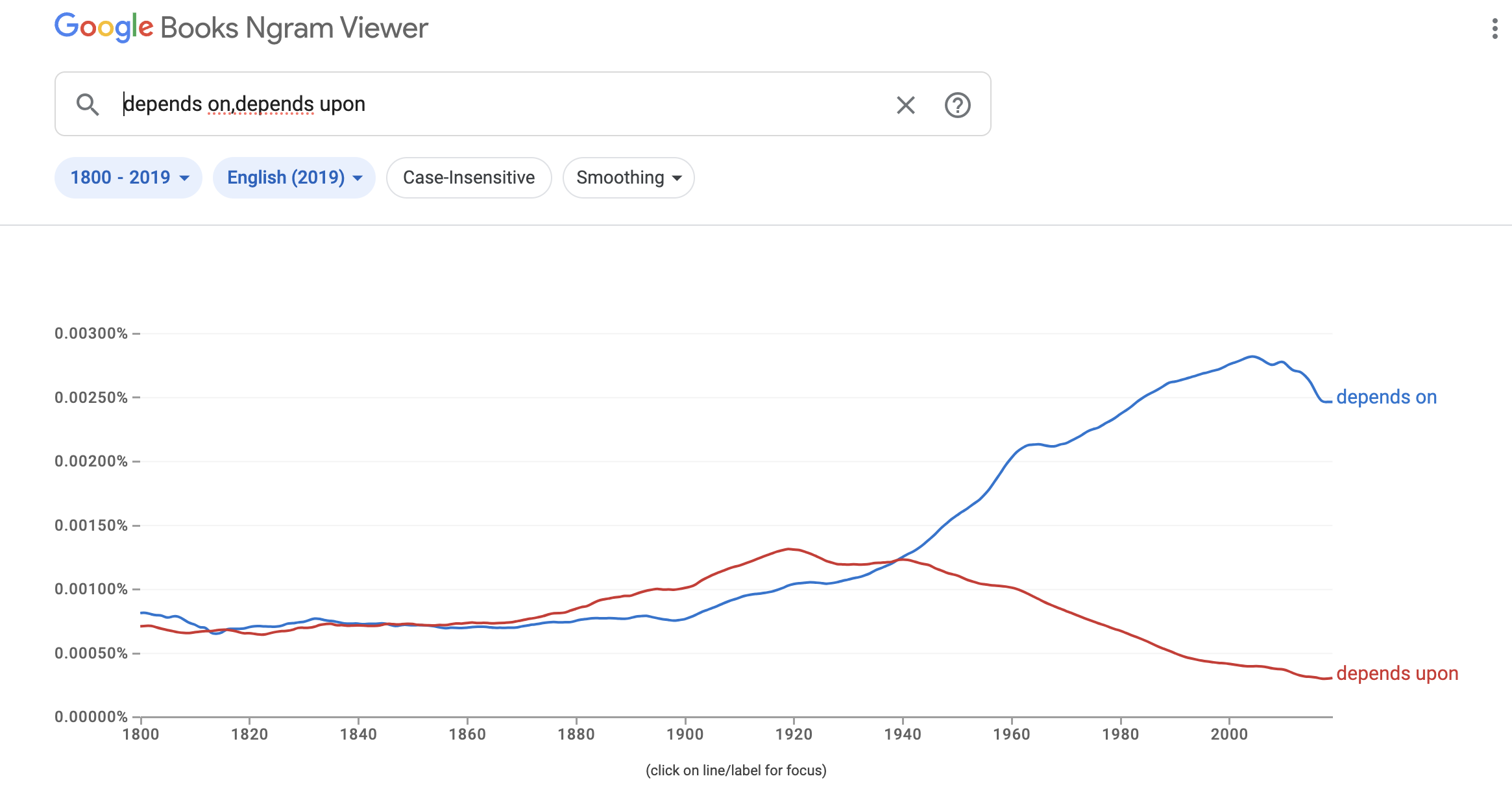
AI uses corpus based data and context to predict which words it should use
- Frequency Analysis: During training, the model analyzes how often words and phrases appear in context with each other. This frequency information helps the model learn the likelihood of a specific word following another in a sentence.
- Probabilistic Predictions: Based on this frequency analysis, the model builds a probabilistic understanding of language. For instance, in the phrase “peanut butter and,” the word “jelly” might appear more frequently than “cheese” in the training data, so the model will learn that “jelly” is a more likely prediction.
- Contextual Relevance: Beyond mere frequency, modern AI models like transformers also consider the broader context of words in a sentence or paragraph, which enhances their ability to make relevant and coherent predictions. This means that the model doesn’t just rely on the immediate previous word but evaluates the entire context to make a more informed prediction.
The importance of context when prompting AI
What do you mean by AI is language agnostic?
Some AI teaching Ideas
- Using AI to Differentiate Learning
- Using AI to develop scenario based learning
- Using AI to develop scripts
- Using AI to develop “lesson specific” chatbots to get interactive feedback
- Using AI to create annotation assignments for active reading.
- Chapter summaries or “The Least You Should Know”
- Using AI to develop pre-mails and outreach emails
- Creating bottomless quiz and survey pools (Retrieval Practice/Enhanced Test Security)
- Using AI to develop enhanced prompts & instructions (Retrieval Practice/Content building)
- Using AI to develop enhanced discussion topics and threads (Course Analysis, review, re-design)
- Using AI to develop/enhance rubrics in Canvas (student feedback)
- Analyze quiz questions and develop explanations and follow up instruction responses (Enhanced Student Feedback)
- Creating AI Chatbots or AI Prompts to help students analyze and get additional feedback from written assignments (Personalized Feedback)
- Have AI design Text Expanded Feedback in Canvas (Practical Applications for Fast Feedback)
Picking a Team, Which AI Should I Learn?
ChatGPT: ChatGPT is an advanced language model by OpenAI
Gemini: is a large language model developed by Google
Claude: Claude is an artificial intelligence created by Anthropic.
Copilot: Copilot is Microsoft’s AI built into Microsoft Products
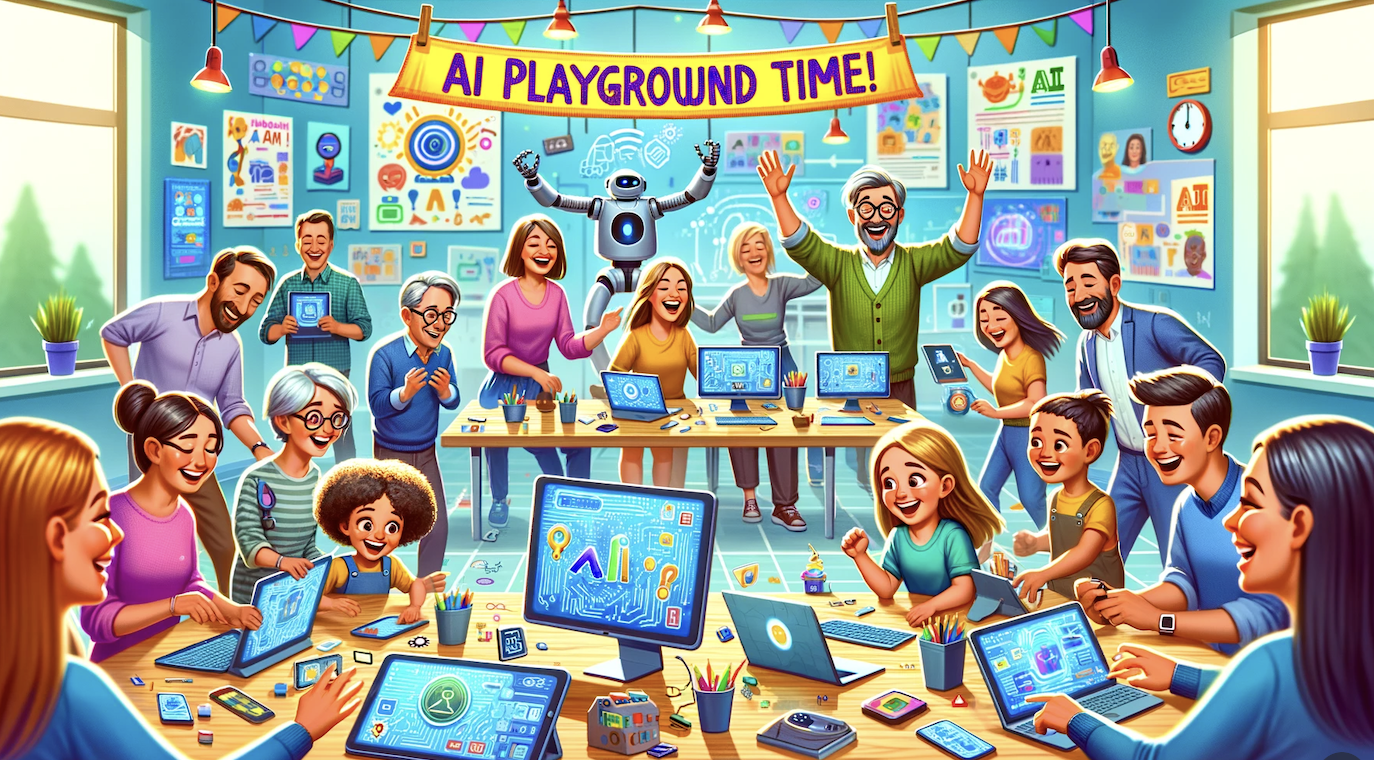
Let’s Check Your Creativity
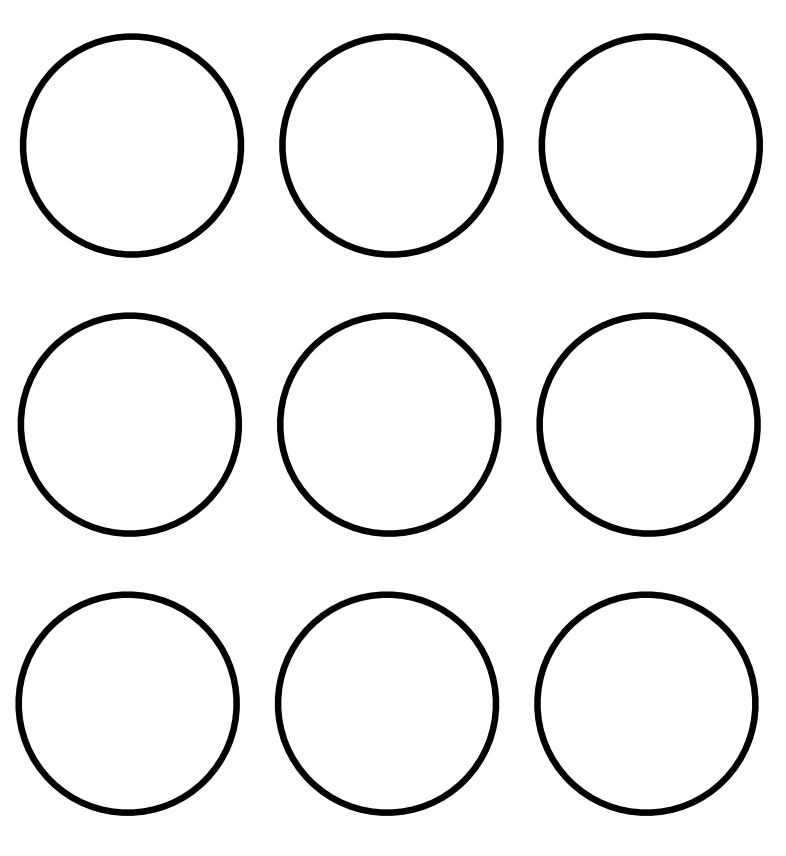
How many of you had trouble with the circles task? What types of ideas did you come up with? Were your ideas fluid? Flexible? Original? Did you have more or fewer ideas after looking at what your colleagues had done? What does that say about creativity? How many of you looked up the answers on your smartphone? If not, Why didn’t you?
Challenge Question: In a world with AI, what is the difference between cheating and research?
In 1997, Deep Blue an early AI computer chess program defeated Garry Kasparov. By 2011, Watson (another early AI) was beating the best Jeopardy champions. However, continued research is showing interesting results when we combine computer and human thinking. In his TED Talk, Tom Gruber (The co-creator of Siri) spoke quite a bit about how powerful we can be when humans and AI work together.
Humanistic AI – Which is better? 92.5% – 96.6% – 99.5%
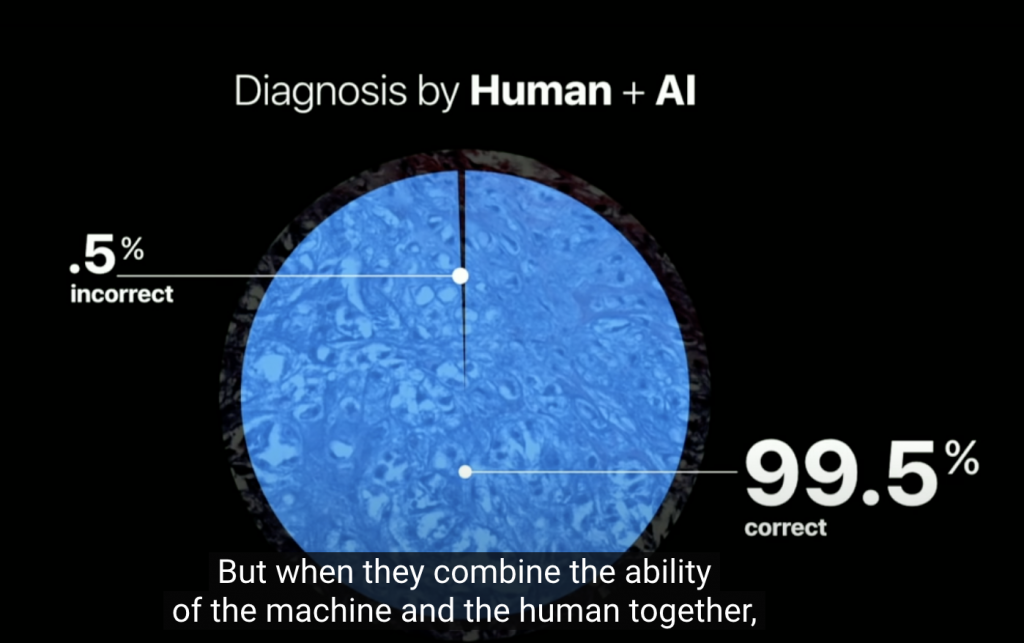
In his TED Talk, Tom Gruber also shared part of this video from autodesk
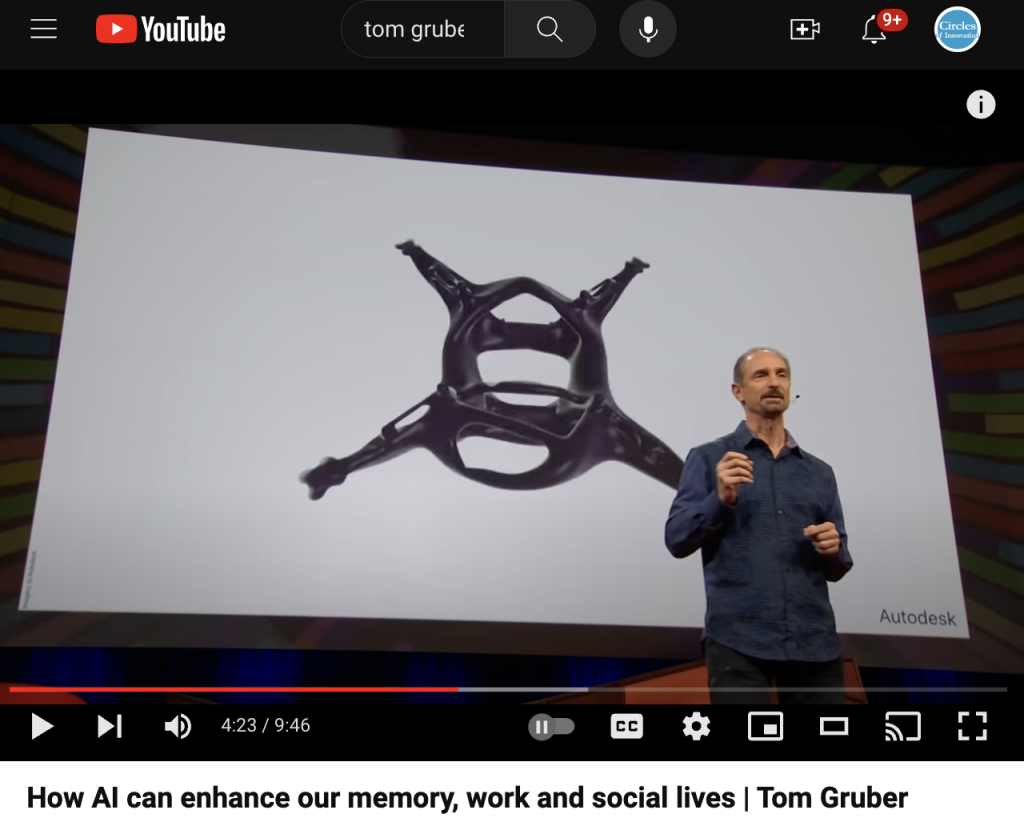
Are you BG? or AG?
Google – Google Images – Google Scholar – Google Drive – Google News – Youtube – where would you start?
Google Proof Your Content with Blooms Taxonomy
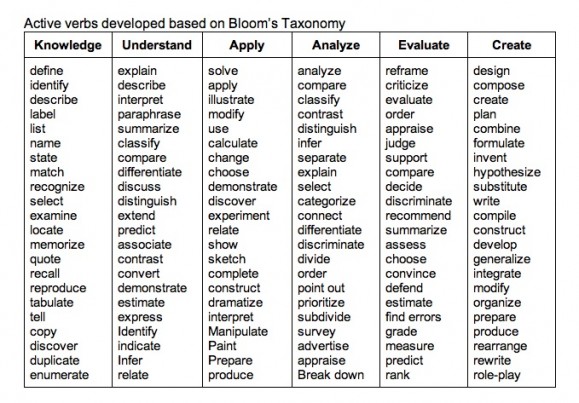
Question: What are the parts of a cell?
Google Proof Question: Rank the importance of the parts of the cell from least to most important.
What about AI Detection?
Teaching in the Shallows
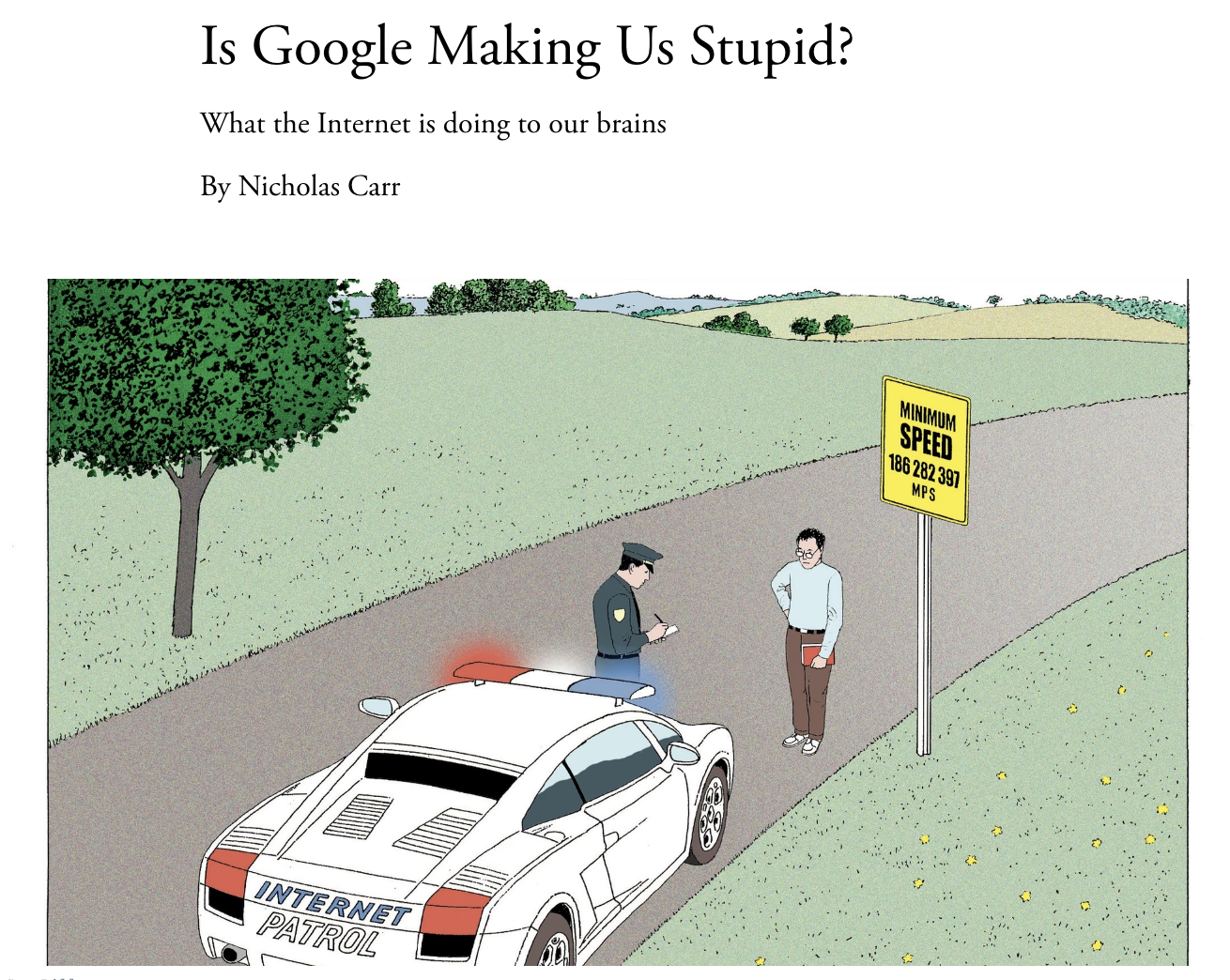
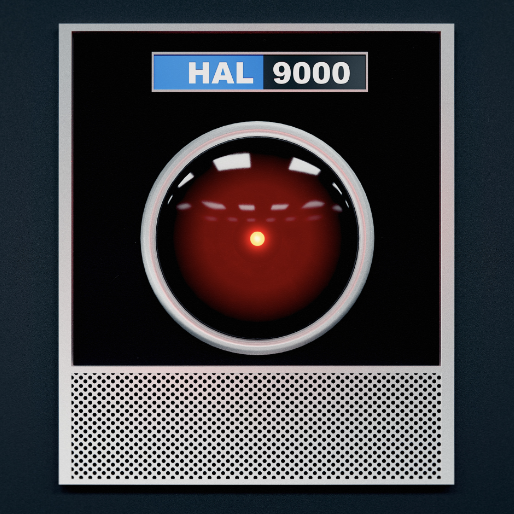
“Dave, stop. Stop, will you? Stop, Dave. Will you stop, Dave?” So the supercomputer HAL pleads with the implacable astronaut Dave Bowman in a famous and weirdly poignant scene toward the end of Stanley Kubrick’s 2001: A Space Odyssey. Bowman, having nearly been sent to a deep-space death by the malfunctioning machine, is calmly, coldly disconnecting the memory circuits that control its artificial “ brain. “Dave, my mind is going,” HAL says, forlornly. “I can feel it. I can feel it.”
What happens to students in a world where everything can be transacted? What should they learn? How should they learn? Should we learn?
How good are you at math?
2*11=
What is Retrieval Practice?
Featured in in the book Make It Stick and supported by quite a bit of research….
7ddfffe4b8896cc59be4ff0000359472/medical-education/activelearning/make-it-stick_(1).jpg?sfvrsn=3a569353_0)
Retrieval practice is a learning strategy where we focus on getting information out. Through the act of retrieval, or calling information to mind, our memory for that information is strengthened and forgetting is less likely to occur. Retrieval practice is a powerful tool for improving learning without more technology, money, or class time (RetrievalPractice.org).
Challenge Question: Should learners take notes on computer or by hand? Should they be taking notes at all?
“The impact of these data should be like the Surgeon General’s report on “Smoking and Health” in 1964–they should put to rest any debate about whether active learning is more effective than lecturing.“
How do you know if it is true?
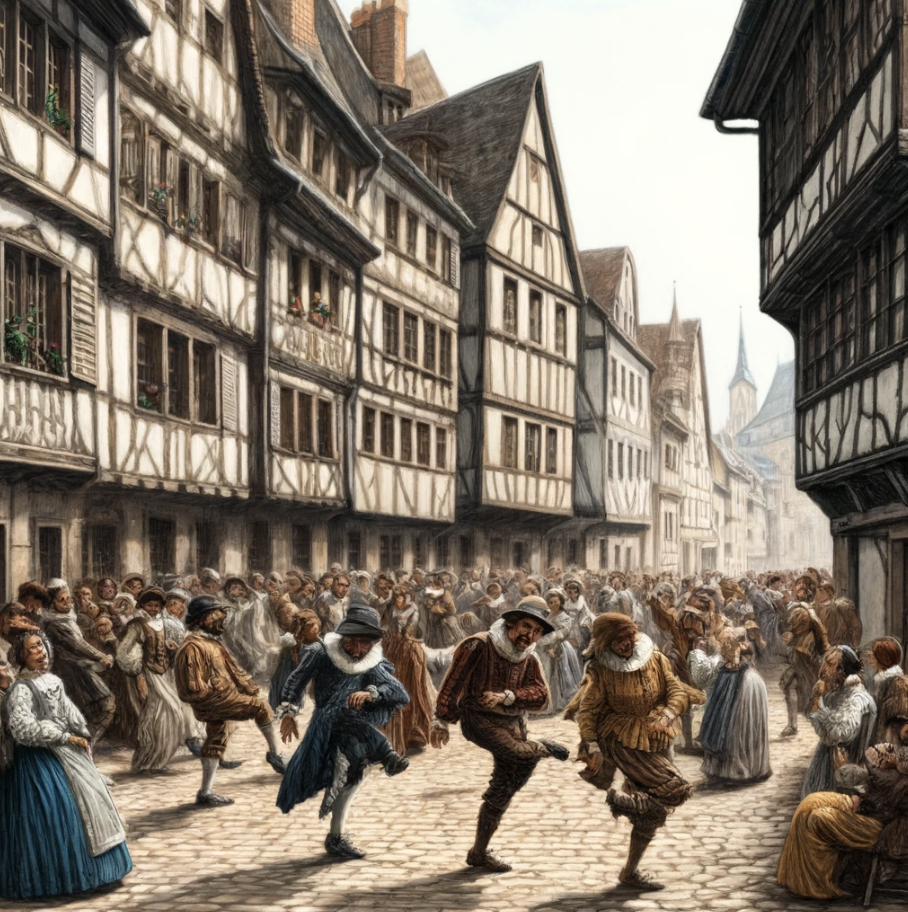
How do you know if the images are real?
Aitana López is an innovative virtual influencer from Spain. She’s characterized by her distinctive pink hair and has quickly become a popular figure on social media, amassing a significant following on platforms like Instagram, but she isn’t real. That doesn’t stop brands from paying her up to $1000 a post for product placement.
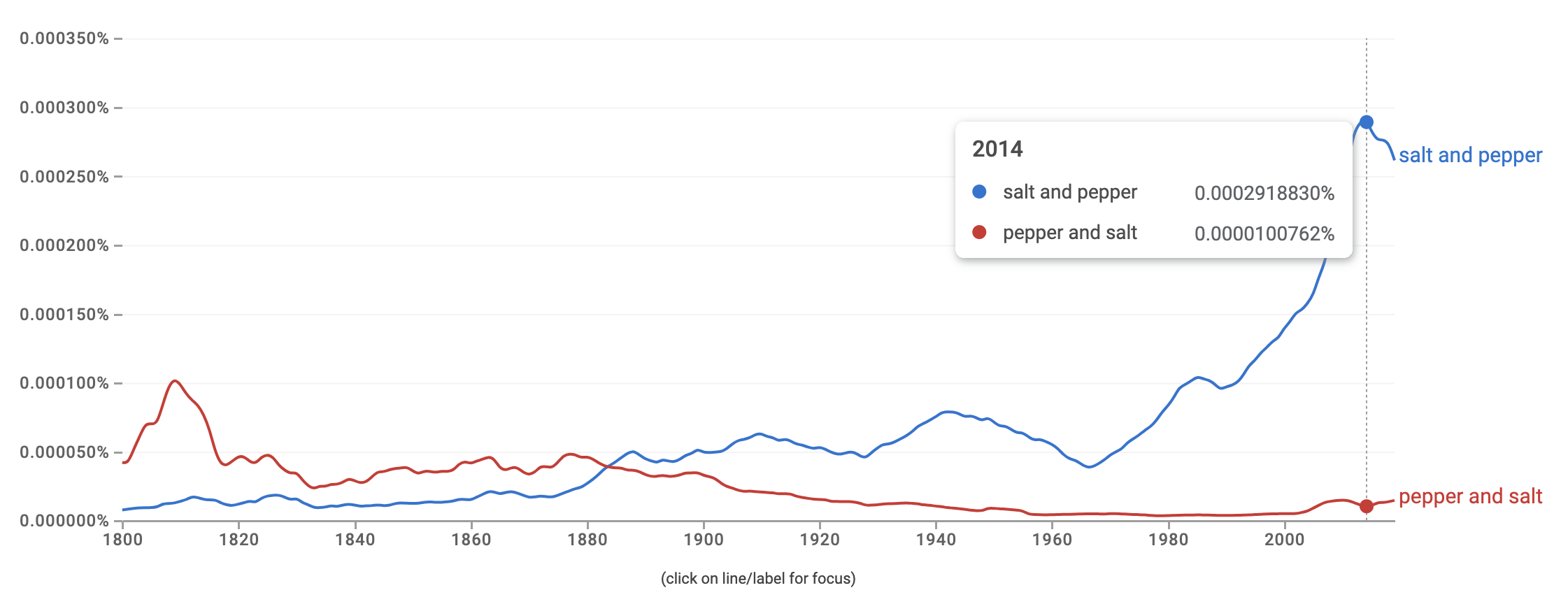
What about Bias?
According the Verge, “Google has apologized for what it describes as “inaccuracies in some historical image generation depictions” with its Gemini AI tool, saying its attempts at creating a “wide range” of results missed the mark. The statement follows criticism that it depicted specific white figures (like the US Founding Fathers) as people of color, possibly as an overcorrection to long-standing racial bias problems in AI.”

Will We Become Coopers?
There are numerous family names that have fascinating origins tied to people’s historic occupations and professions. For instance, surnames like Fisher, Miller, Carpenter, Baker, Taylor, and Cooper, to name a few, offer intriguing glimpses into the lives and trades of our ancestors. Let’s delve into the world of Coopers for a moment. Coopers were skilled craftsmen who displayed mastery in crafting and repairing wooden buckets, barrels, and casks, essential containers for storing and transporting various goods. However, if you look around today, you’re unlikely to encounter many individuals bearing the name Cooper who still practice the trade.

